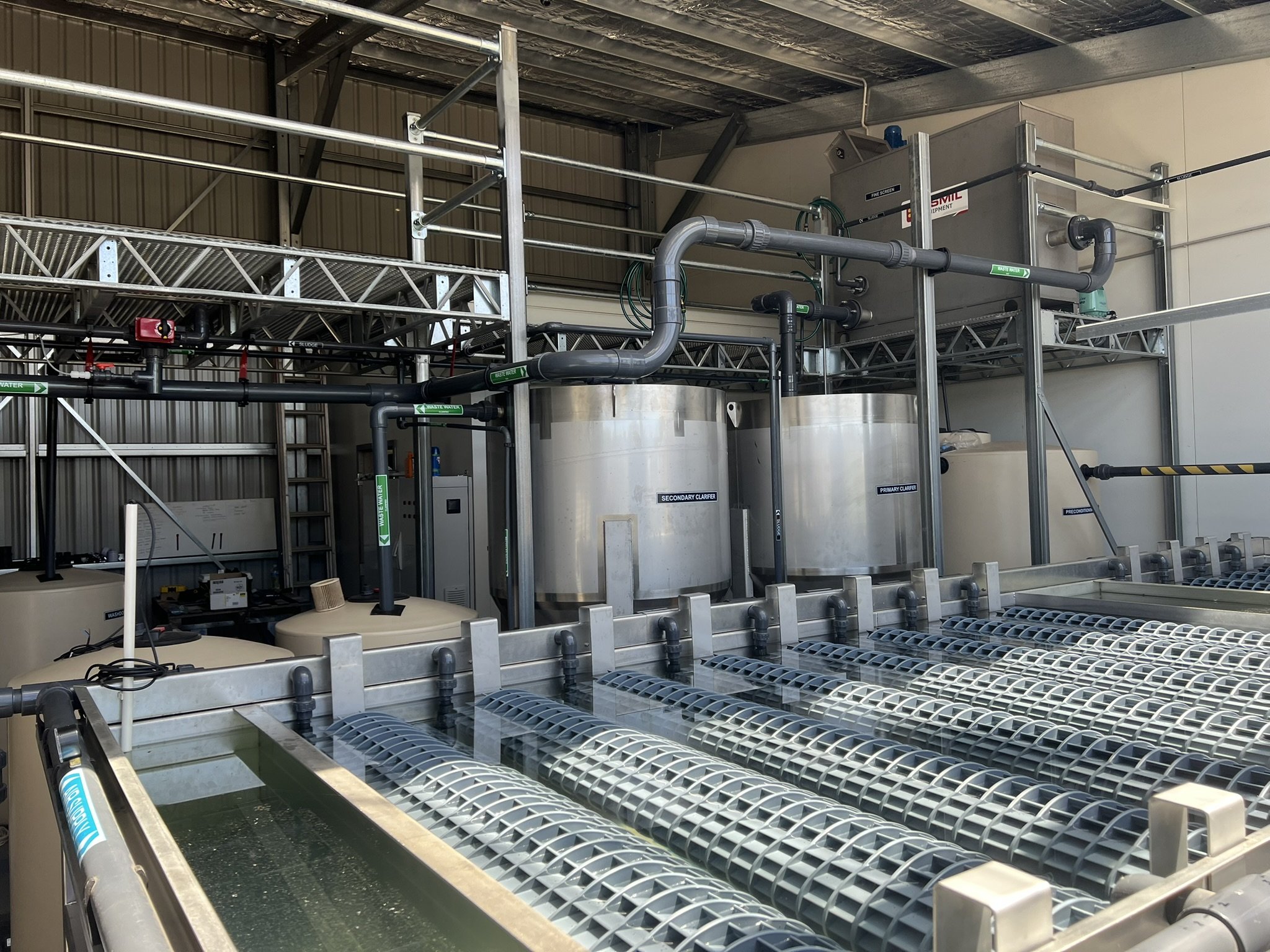The Hidden Thirst of AI: How Data Centres Are Drinking Our Freshwater Supplies
AI has incredible potential, and we believe it can be a powerful tool in solving climate and water challenges. But it’s important to stay aware of its hidden costs. As AI becomes part of daily life, we’re increasingly using it for tasks that could be handled with far less computational and environmental impact.
When viral trends like Studio Ghibli-style portraits or AI-generated action figures emerge, they often result in millions of iterations being created in just a few days. And while it remains out of sight and out of mind, those millions of iterations use millions of litres of water. Water that could otherwise support domestic or agricultural use in regions already facing drought. The convenience of novelty comes at a cost, and it’s one that often goes unseen.
As generative AI and cloud computing continue to reshape our world, not to mention developments in quantum computing, a new and less visible environmental concern is emerging: the water footprint of data centres. Behind every chatbot response, every AI-generated image, and every viral trend lies an infrastructure that demands vast amounts of energy and, crucially, water.
In the last year alone, the global race to expand AI capabilities has triggered an unprecedented boom in data centre construction. Hyperscale facilities are popping up worldwide, with estimates suggesting that over 300 new centres were announced or began construction in 2023. As the demand for digital services rises, so does the infrastructure required to power them.
Data Centres drink up freshwater for cooling purposes - Sandia Labs (flickr.com)
But while much of the focus is on the energy these centres consume, less attention is paid to the water they require. Data centres generate intense heat as servers work around the clock. To prevent overheating, these systems are cooled by large-scale water-based cooling towers, which evaporate water to lower temperatures. On average, each kilowatt-hour of energy consumed by a data centre requires up to 2 litres of freshwater for cooling. With some facilities consuming millions of kilowatt-hours per day, the water impact is staggering, and this excludes the indirect water footprint, where the energy delivered also consumes water on generation. Whilst there are efforts to improve cooling efficiencies, it cannot catch up with the rapid expansion of capacity. (There are efforts being made to site data centres under the sea and even on the moon!)
A single data centre can use millions of litres of water each day, often drawn from municipal or local water supplies. In areas already facing water scarcity, this usage competes directly with domestic needs and agriculture, intensifying stress on local ecosystems and communities. For example, a 50 MW centre can consume 10 – 20 million litres per day, which is the equivalent consumption of 50,000 - 100,000 people.
Cities across the United States, Europe, and Asia have already raised concerns about the water toll of expanding digital infrastructure.
At ALGAESYS, we believe there is a smarter, more sustainable way to manage water resources. Our nature-based, decentralized systems treat wastewater on-site, allowing for safe and efficient reuse of water, perfect for industrial settings like data centres. By recovering and recycling water at the source, our technology reduces the burden on local freshwater supplies and helps industries operate more responsibly. We mitigate wastewater pollution and its conventional high cost of treatment, whilst simultaneously delivering clean cooling water.
ALGAESYS – A decentralised solution fit for data centres
Incorporating water reuse (as well as more efficient cooling systems) into the design of data centres is not just environmentally necessary—it’s a smart resilience strategy for an increasingly water-scarce world.
Let’s build a future where technological advancement and sustainability go hand in hand.


